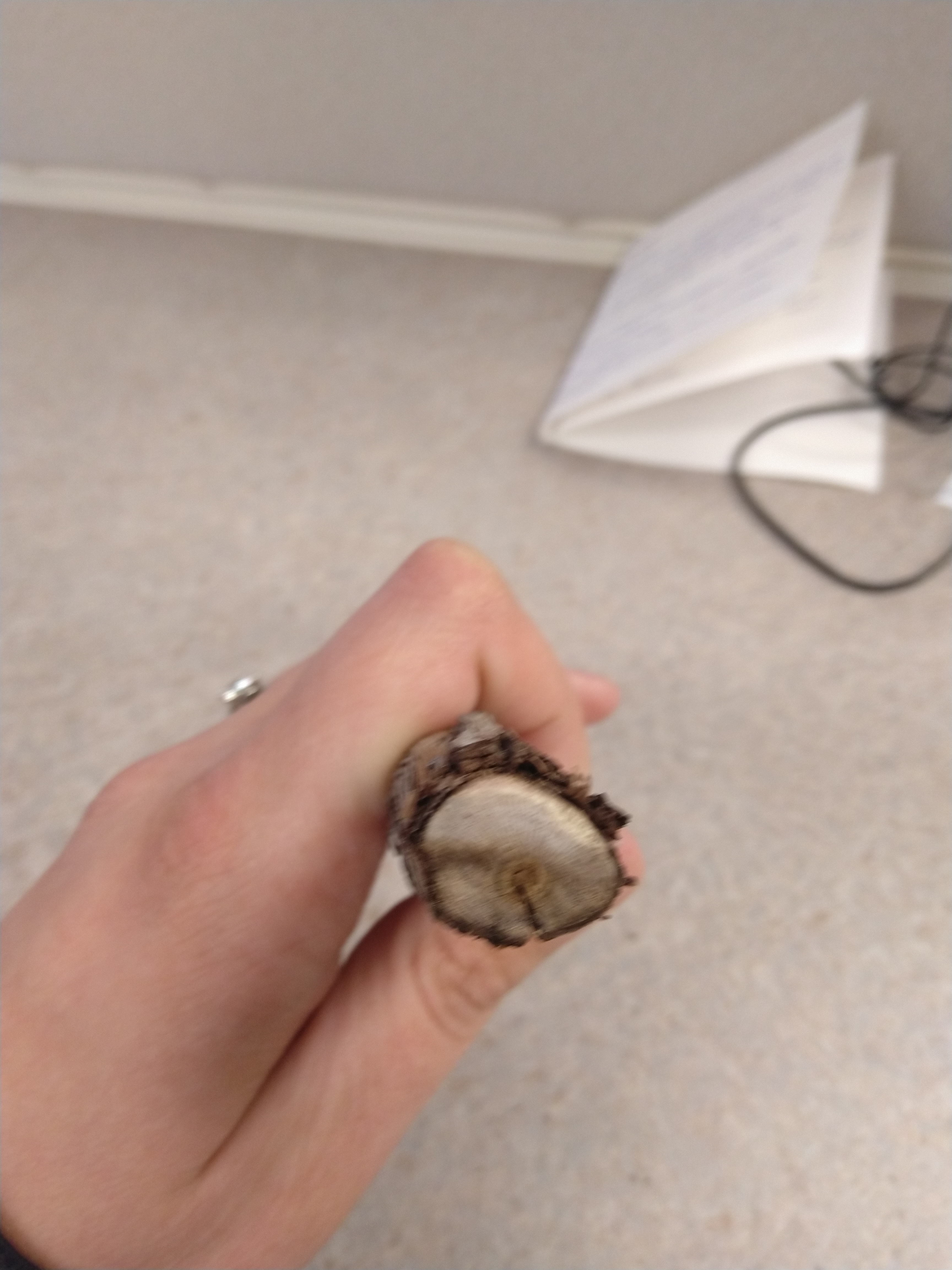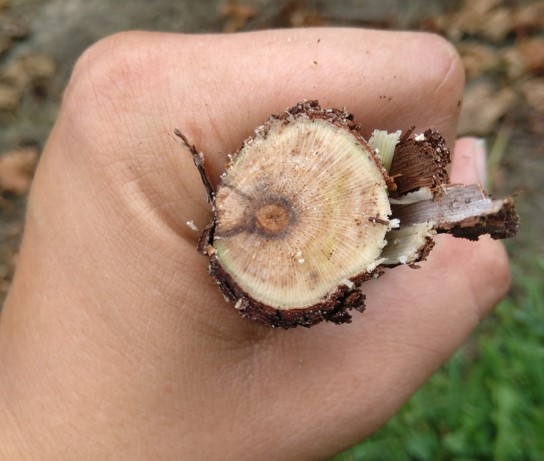April 2, 2019
Many growers have been inquiring about what they can do during pruning to manage grapevine trunk disease (GTD). Below are a few general tips to reducing the risk or prevalence of grapevine trunk disease. They can be adapted to the individual vineyard based on what is feasible within your management system.
1) Remove and replace any cordons that are not productive. If the cordon is as thick as the trunk, on a mature vine, and it has been declining in productivity, it is time for it to go; it will only continue to decline. Furthermore, if more than 1/2 of the length of the cordon is not producing spurs, it can be replaced. Lack of productivity on a cordon can be a sign of either trunk disease or winter injury, or both. But either way, the cordon is not as productive as it could be and may be harboring disease.
To replace a cordon, tie down a healthy replacement cane over it and remove the old one either this year or next year, depending on its level of die-back. For instance, if it is mostly not producing, there is no need to keep it; cut it out this year. However if you wish to harvest some fruit off of it this year, keep it and remove it next year. This method will help remove a good amount of diseased wood if it is present, and will make sure disease does not spread from the cordon to the trunk.
2) Remove pruning cuttings from the field, rather than leaving them on the vineyard floor. This is especially if the cuttings have visible disease symptoms on them, like discolored interior wood or black lesions. This can, and is, done successfully in Minnesota. It can be done with a bobcat, or with a trailer behind a 4-wheeler. Once removed, cuttings can be burned in a pile.
3) When cutting down a trunk or a cordon that has died, dab that wound with latex paint, and/or spot spray it with a fungicide that has some surface-level efficacy on trunk disease spores such as Topsin or Rally. This can be done with a handheld or backpack sprayer. Then, come back again a few days later and dab the wound with latex paint to seal it up from incoming spores. This is only effective on the surface of the wound - it will not effect fungal infection that is already established in the wood. This tip is based on research in warmer areas, and has not yet been researched in our Minnesota climate.
4) Next year, consider pruning earlier in the season (Feb-March), rather than starting in late March or April. This is easier said that done in years when there are 2.5 feet of snow on the ground, like this year. But there is good, consistent data out of several areas of the US showing that if temperatures remain below freezing for several weeks after pruning, it drastically reduces the risk of GTD to infect the pruning wounds. This is because the wounds have an opportunity to dry and harden before the fungal spores become active in the spring, therefore they cannot infect the dried up wounds.
5) Check your cordons for interior disease symptoms when pruning, and save those samples so that our team can analyze them for trunk disease. Grapevine trunk disease appears as brown discoloration in the wood. On green wood, it more often appears as black discoloration.
I know of at least two Minnesota growers who plan to try spraying their entire vineyard with Rally or Topsin to control GTD, based on recommendations from warmer wine regions. If you do this, be aware that you are doing it experimentally; we do not yet know the best timing or effectiveness of this treatment in Minnesota, when there is often a long time period between when we prune and when we can spray. The recommendations from other regions say to spray immediately after pruning if you are pruning when the spores are active (above 35 degrees consistently), and then repeat the spray one or two times during pruning and bud break. If the ground is saturated or snow-covered and you cannot get the tractor into the field, you may miss this critical time period. As part of our 2019-2021 research into grapevine trunk disease, we hope to determine the best time frames for spraying based on when the spores become active in Minnesota.
For questions about grapevine trunk disease in Minnesota, contact Annie Klodd at [email protected]

